英語で学ぶ、子ども天文学シリーズ。今回は海王星についてです。自宅にいながら、子どもたちの知的好奇心を掘り起こしましょう。
学習のポイントと概要
海王星は太陽系の惑星の中で最も外側にある8番目の惑星です。地球からあまりに遠く離れているため肉眼では見る事ができませんが、海王星は初めて数学的な方法で発見された惑星です。また1989年にボイジャー2号の最後の調査対象となった惑星です。
LESSON VIDEO
※動画の右下にある設定ボタンから「字幕ボタン」をON・OFFにして学習に利用しましょう。まずは、ONで見て、次にOFFにして聞き取り練習を行ってみてください。
Vocabulary – ボキャブラリー
Neptune(海王星) / densest(最も密度が高い) / Uranus(天王星) / massive(重い) / hazy(かすんでいる) / unremarkable(目立たない) / distinctive(独特) / predictions(予測) / faint(かすかな) / observe(観察する) / tug(引っ張る) / orbit(軌道) / astronomer(天文学者) / explained(説明する) / behave(振る舞い) / convince(納得させる) / mythology(神話) / intersect(交差する) / distribute(散らす)
Phrases and sentence
Neptune has methane in its atmosphere which gives it a blue color.
海王星は大気にメタンを含んでいるので青く見えます。
However, Neptune appears a darker blue than Uranus, and scientists are not sure why.
しかしながら、海王星は天王星よりも濃い青色をしています。科学者たちもそれがなぜなのかまだ解明できていません。
Neptune is also one of the coldest places in the Solar System, with atmospheric temperatures of about -360 F or -218 degrees Celsius.
海王星は太陽系で一番冷たい場所です。大気の温度は氷点下218℃にまで達します。
The newly discovered planet was called ‘Neptune’, after the Roman god of the sea, probably because of its deep blue color.
新しく発見されたこの惑星は「天王星」と名付けられました。深い青色から、ローマの海の神にちなんだのでしょう。
From the time it was discovered in 1846, Neptune did not complete a full orbit until 2011, and it will not complete its next orbit until 2176, the 400th birthday of the United States!
1846年に発見されましたが、それ以来、海王星は2011年になってもまだ軌道を巡り終われていません。次の2週目は、アメリカ合衆国が400歳の誕生日を迎える2176年になってもまだ到達できていないでしょう。
Summary – まとめ –
海王星は、太陽系の惑星の中で一番遠く、また4番目に大きい。大気にメタンを多く含むことから青く輝いて見える。太陽の周りを一周するのに165年もかかる。
Neptune is the farthest and fourth largest planet in the solar system. It looks shining blue because it contains a lot of methane in the atmosphere. Because it’s so far from the sun, it takes 165 years to go around it.

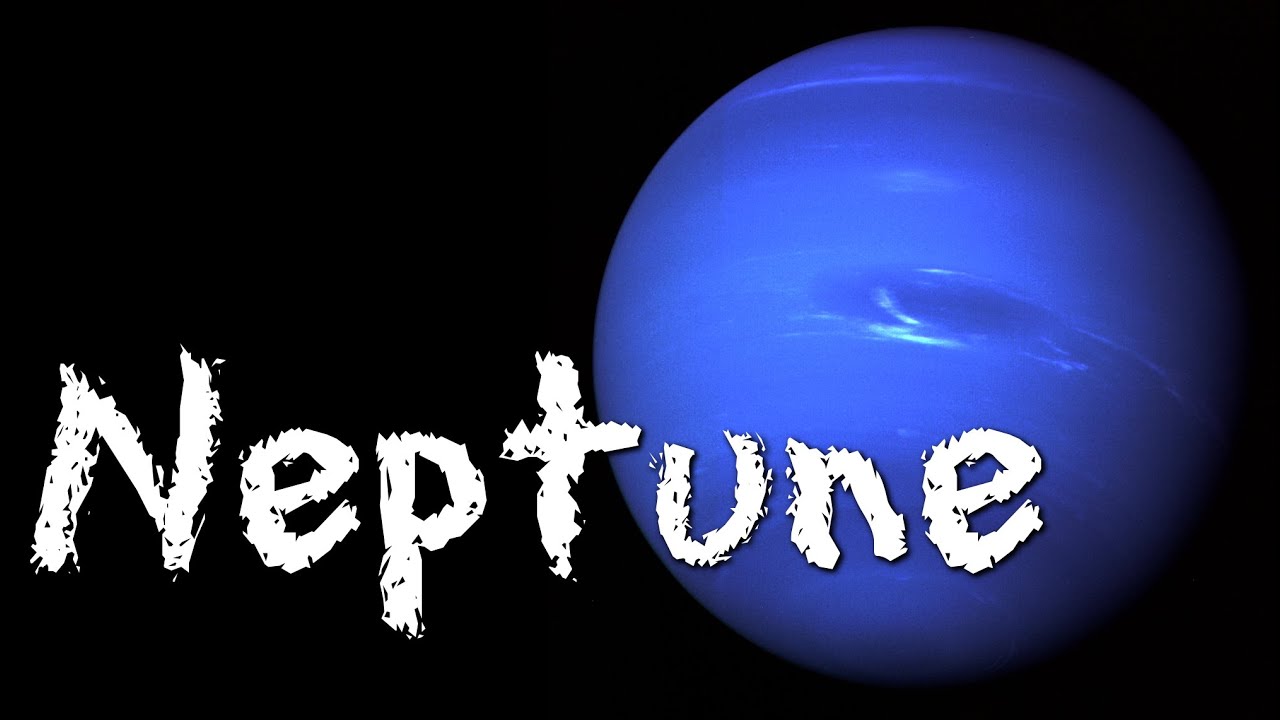
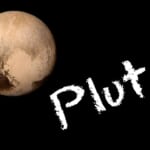
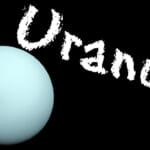
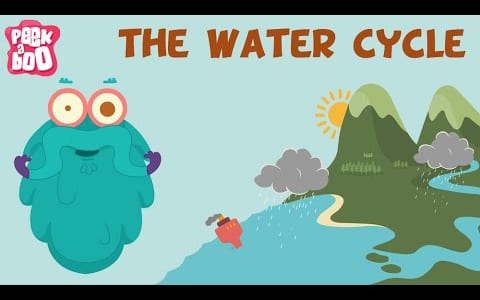
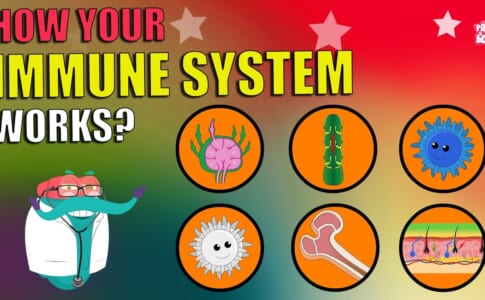
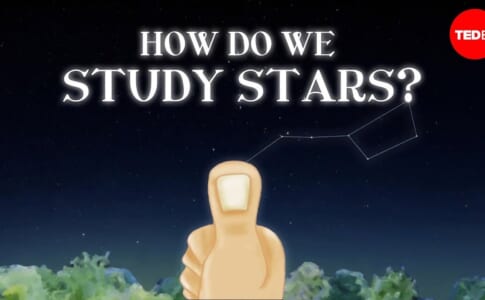
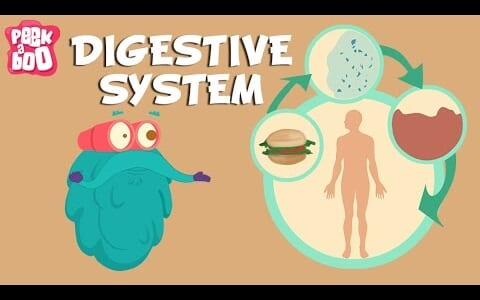
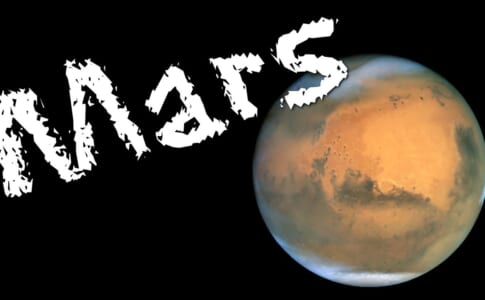
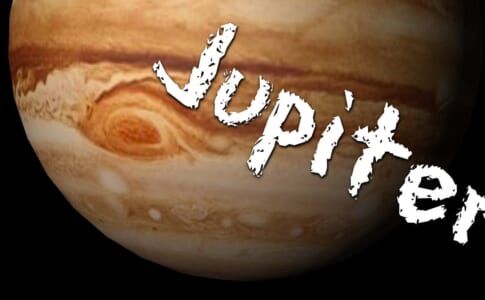
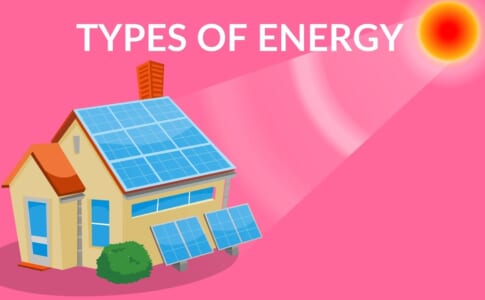

Recent Comments